Hydrogen Peroxide Everyday Uses: Unlock the Secret Weapon in Your Home!
Have you ever looked at that brown bottle of hydrogen peroxide in your medicine cabinet and thought, “There has to be more to you than just cleaning cuts?” Well, you’re absolutely right! For generations, hydrogen peroxide has been a staple in households, primarily known for its antiseptic properties. But its history stretches back to 1818, discovered by French chemist Louis Jacques Thénard, and its applications have expanded far beyond first aid. It’s time to unleash the full potential of this unassuming liquid.
In this article, I’m going to share some amazing and practical hydrogen peroxide everyday uses that will revolutionize your cleaning routine, boost your gardening efforts, and even enhance your personal care. Forget harsh chemicals and expensive specialty products! We’re diving into the world of DIY solutions that are safe, effective, and budget-friendly.
Why do you need these tricks? Because life is busy! We all crave simple, effective solutions that save us time and money. From banishing stubborn stains to revitalizing your plants, these hydrogen peroxide hacks will empower you to tackle everyday challenges with ease. Get ready to be amazed by the versatility of this common household item and discover how it can simplify your life in countless ways. Let’s get started!
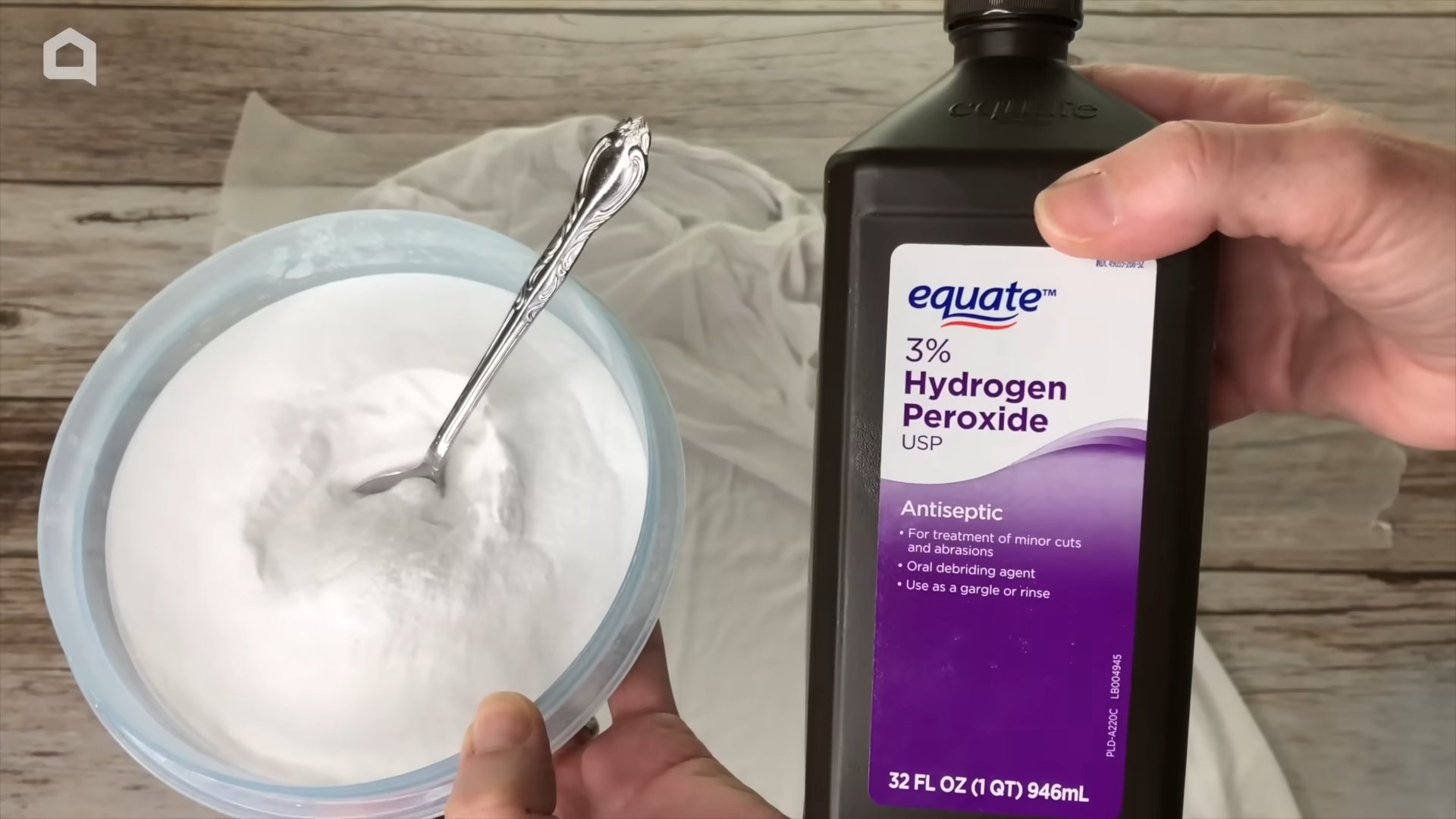
Unlocking the Power of Hydrogen Peroxide: Beyond First Aid
Hey there, DIY enthusiasts! I’m super excited to share some amazing ways you can use hydrogen peroxide (H2O2) around your home. Forget just using it for cuts and scrapes – this stuff is a powerhouse for cleaning, disinfecting, and even beauty hacks! I’ve been experimenting with it for ages, and I’m constantly amazed by its versatility. Just remember to always use caution and dilute it properly when needed, and always test in an inconspicuous area first! Let’s dive in!
Cleaning and Disinfecting with Hydrogen Peroxide
Hydrogen peroxide is a fantastic alternative to harsh chemical cleaners. It’s non-toxic (when used correctly) and breaks down into water and oxygen, making it a more eco-friendly option. I use it all the time!
* General Disinfectant: Perfect for countertops, sinks, and bathrooms.
* Laundry Booster: Brightens whites and removes stains.
* Toilet Bowl Cleaner: A natural and effective way to sanitize.
* Cutting Board Sanitizer: Kills bacteria on your cutting boards.
* Toothbrush Sanitizer: Keeps your toothbrush clean and germ-free.
Step-by-Step Cleaning Guide
1. Surface Disinfectant: Grab a spray bottle and fill it with 3% hydrogen peroxide (the kind you get at the drugstore). Spray it directly onto the surface you want to disinfect, like your kitchen counter or bathroom sink. Let it sit for about 5-10 minutes to allow it to work its magic. Then, wipe it down with a clean cloth or paper towel. I usually do this after preparing raw meat to kill any lingering bacteria.
2. Laundry Stain Remover: For stubborn stains on white clothes, pour a little hydrogen peroxide directly onto the stain. Let it sit for about 10-15 minutes, then launder as usual. For an overall brightening boost, add 1 cup of hydrogen peroxide to your washing machine along with your regular detergent. Important: Always test on an inconspicuous area first to make sure it doesn’t discolor the fabric. I learned that lesson the hard way with a favorite t-shirt!
3. Toilet Bowl Cleaner: Pour about ½ cup of hydrogen peroxide into your toilet bowl. Let it sit for about 20-30 minutes, then scrub with a toilet brush and flush. It’s a simple and effective way to keep your toilet clean and fresh. I usually do this once a week.
4. Cutting Board Sanitizer: After washing your cutting board with soap and water, spray it generously with hydrogen peroxide. Let it sit for about 5-10 minutes, then rinse thoroughly with water. This is especially important after cutting raw meat or poultry. I also like to use it on my wooden cutting boards, as it helps to prevent the growth of mold and bacteria.
5. Toothbrush Sanitizer: Soak your toothbrush head in a small cup of hydrogen peroxide for about 5-10 minutes. Rinse thoroughly with water before using. This helps to kill bacteria and keep your toothbrush clean. I do this a couple of times a week.
Hydrogen Peroxide for Home and Garden
Beyond cleaning, hydrogen peroxide can also be used in your garden and around your home for various purposes. I’ve found it to be incredibly helpful for plant care and even pest control!
* Plant Root Rot Treatment: Helps to combat root rot in plants.
* Seed Germination Booster: Improves seed germination rates.
* Pest Control: Can be used to deter certain pests.
* Mold and Mildew Remover: Effective for removing mold and mildew.
* Humidifier Cleaner: Keeps your humidifier clean and free of bacteria.
Step-by-Step Home and Garden Guide
1. Plant Root Rot Treatment: If your plants are suffering from root rot (indicated by mushy, brown roots), dilute hydrogen peroxide with water (1 part hydrogen peroxide to 4 parts water). Gently remove the plant from its pot and trim away any affected roots. Soak the remaining roots in the diluted hydrogen peroxide solution for about 10 minutes. Repot the plant in fresh, well-draining soil. I’ve saved several of my favorite plants using this method!
2. Seed Germination Booster: Soak your seeds in a diluted hydrogen peroxide solution (1 part hydrogen peroxide to 30 parts water) for about 30 minutes before planting. This helps to soften the seed coat and improve germination rates. I’ve noticed a significant difference in the number of seeds that sprout when I use this method.
3. Pest Control: For a mild pest infestation, spray your plants with a diluted hydrogen peroxide solution (1 part hydrogen peroxide to 10 parts water). This can help to deter aphids, spider mites, and other common pests. Be sure to test on a small area of the plant first to make sure it doesn’t cause any damage. I usually spray my plants in the evening to avoid burning the leaves in the sun.
4. Mold and Mildew Remover: Spray the affected area with 3% hydrogen peroxide. Let it sit for about 10-15 minutes, then scrub with a brush or sponge. Rinse thoroughly with water. This works great for removing mold and mildew from bathroom tiles, shower curtains, and other surfaces. I’ve even used it to remove mold from my basement walls!
5. Humidifier Cleaner: To clean your humidifier, empty the water tank and rinse it with water. Then, fill the tank with a diluted hydrogen peroxide solution (1 part hydrogen peroxide to 1 part water). Let it run for about an hour, then empty the tank and rinse it thoroughly with water. This helps to kill bacteria and prevent the growth of mold and mildew in your humidifier. I try to do this every couple of weeks to keep my humidifier clean and functioning properly.
Beauty Hacks with Hydrogen Peroxide
Okay, this is where things get really interesting! Hydrogen peroxide can be used for a variety of beauty hacks, but it’s crucial to be extremely careful and use it in moderation. I’m talking *very* diluted solutions and always testing on a small area first. I’m not a dermatologist, so please do your research and proceed with caution!
* Teeth Whitening: Can help to whiten teeth.
* Acne Treatment: May help to reduce acne breakouts.
* Foot Fungus Treatment: Can help to treat foot fungus.
* Earwax Removal: Helps to soften and remove earwax.
* Lighten Hair: Can be used to lighten hair (use with extreme caution!).
Step-by-Step Beauty Guide
1. Teeth Whitening: Mix 1 part hydrogen peroxide with 2 parts water. Swish the solution in your mouth for about 30-60 seconds, then spit it out and rinse thoroughly with water. Do not swallow the solution! I only do this a couple of times a week, as overuse can damage your tooth enamel.
2. Acne Treatment: Dab a small amount of 3% hydrogen peroxide onto individual pimples using a cotton swab. Be careful not to apply it to the surrounding skin, as it can be drying. Let it sit for a few minutes, then rinse with water. I find this works best for small, surface-level pimples.
3. Foot Fungus Treatment: Soak your feet in a diluted hydrogen peroxide solution (1 part hydrogen peroxide to 4 parts water) for about 15-20 minutes. Repeat this daily until the fungus clears up. Make sure to dry your feet thoroughly after soaking. I also recommend wearing breathable socks and shoes to prevent the fungus from returning.
4. Earwax Removal: Tilt your head to the side and gently pour a few drops of 3% hydrogen peroxide into your ear. Let it sit for about 5 minutes, then tilt your head to the other side to allow the solution to drain out. You can use a cotton swab to gently clean the outer ear, but do not insert the cotton swab into the ear canal. I usually do this once a month to prevent earwax buildup. If you have excessive earwax buildup or any ear pain, consult a doctor.
5. Lighten Hair: This is the most risky of all the hacks, and I strongly advise against it unless you’re very experienced with hair lightening. If you choose to try it, mix 1 part hydrogen peroxide with 1 part water. Spray the solution onto your hair, focusing on the areas you want to lighten. Let it sit for about 30 minutes, then rinse thoroughly with water. Monitor your hair closely and stop immediately if you notice any damage or breakage. I personally prefer to leave hair lightening to the professionals!
Important Safety Precautions
Before you start experimenting with hydrogen peroxide, it’s crucial to keep these safety precautions in mind:
* Always dilute hydrogen peroxide when necessary. Using it undiluted can cause skin irritation, burns, and other problems.
* Wear gloves when handling hydrogen peroxide, especially if you have sensitive skin.
*
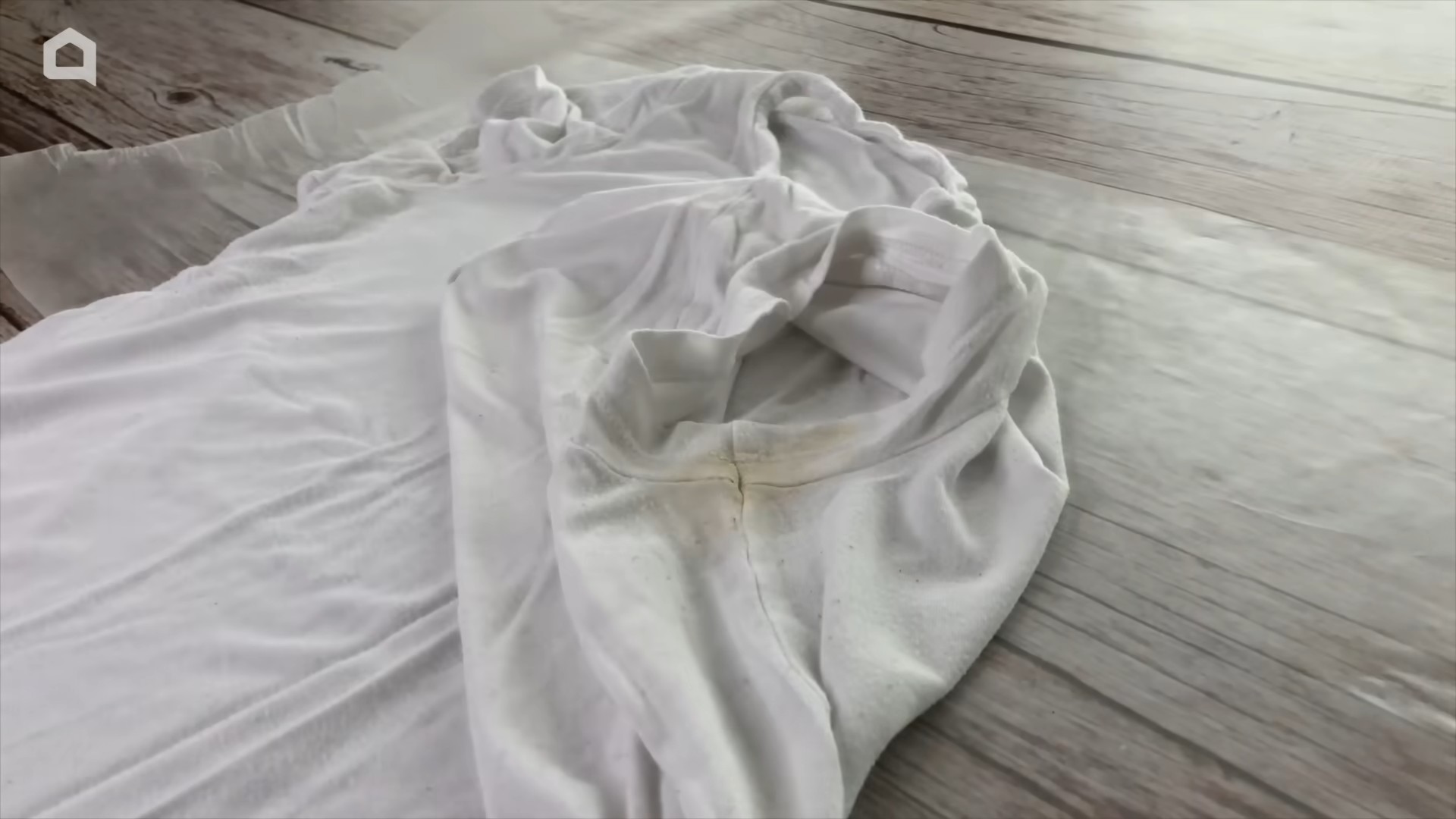
Conclusion
So, there you have it! Unlocking the power of hydrogen peroxide for everyday uses is not just a cost-effective alternative to many commercial products; it’s a step towards a more sustainable and versatile lifestyle. From sparkling clean surfaces to a brighter smile, the applications are surprisingly diverse and incredibly simple to implement. We’ve explored how this readily available solution can revolutionize your cleaning routine, enhance your personal care regimen, and even contribute to your garden’s health.
Why is this DIY trick a must-try? Because it’s effective, economical, and environmentally conscious. You’re reducing your reliance on harsh chemicals, saving money on expensive cleaning supplies, and minimizing your environmental footprint all at once. It’s a win-win-win situation! Plus, the sheer versatility of hydrogen peroxide means you’re essentially getting multiple products in one bottle.
But don’t just take our word for it. The real magic happens when you start experimenting and discovering new ways to incorporate hydrogen peroxide into your daily life.
Ready to take it a step further? Consider these variations and suggestions:
* **Infused Cleaning Solutions:** Add a few drops of your favorite essential oil (like lemon, lavender, or tea tree) to your hydrogen peroxide cleaning solution for a pleasant scent and added antibacterial properties.
* **Hydrogen Peroxide Paste:** Mix hydrogen peroxide with baking soda to create a powerful cleaning paste for stubborn stains on grout, sinks, and ovens. Be sure to test in an inconspicuous area first.
* **Plant Power Boost:** Dilute hydrogen peroxide in water and use it to water your plants. This can help aerate the soil and prevent root rot. Start with a very diluted solution (1 tablespoon per gallon of water) and observe how your plants respond.
* **Laundry Enhancer:** Add a cup of hydrogen peroxide to your white laundry load to brighten whites and remove stains. Avoid using it on colored fabrics, as it may cause fading.
We’re confident that once you experience the benefits of using hydrogen peroxide for these everyday tasks, you’ll wonder how you ever lived without it. It’s a simple, effective, and affordable solution that can make a big difference in your home and your life.
Now, it’s your turn! We encourage you to try these DIY tricks and share your experiences with us. What new uses have you discovered? What variations have you tried? Let us know in the comments below! We’re eager to hear your stories and learn from your insights. Together, we can unlock even more potential of this amazing compound and create a cleaner, healthier, and more sustainable world. Don’t hesitate – grab a bottle of hydrogen peroxide and start experimenting today! You might be surprised at what you discover.
Frequently Asked Questions (FAQ)
Is hydrogen peroxide safe to use?
Yes, when used properly. The hydrogen peroxide typically sold in drugstores is a 3% solution, which is generally safe for household use. However, it’s crucial to avoid ingesting it and to prevent it from coming into contact with your eyes. Always wear gloves when handling hydrogen peroxide, especially in concentrated forms, and ensure proper ventilation when using it in enclosed spaces. If you experience any irritation or adverse reactions, discontinue use immediately and consult a medical professional. Never mix hydrogen peroxide with vinegar or bleach, as this can create dangerous fumes.
Can I use hydrogen peroxide on all surfaces?
While hydrogen peroxide is generally safe for most surfaces, it’s always best to test it in an inconspicuous area first, especially on delicate or porous materials. Avoid using it on fabrics that are prone to fading, as it can have a bleaching effect. For surfaces like marble or granite, consult the manufacturer’s instructions before using hydrogen peroxide. When cleaning electronics, always unplug the device and apply hydrogen peroxide to a cloth rather than directly onto the device.
How long does hydrogen peroxide last?
Hydrogen peroxide has a relatively short shelf life, typically around six months to a year after opening. Exposure to light and air can cause it to degrade over time, so it’s best to store it in a cool, dark place in its original container. To test its effectiveness, pour a small amount into a sink or container and observe if it fizzes. If it doesn’t fizz, it may have lost its potency.
What concentration of hydrogen peroxide should I use for different tasks?
The 3% solution commonly sold in drugstores is suitable for most household cleaning and personal care applications. For more demanding tasks, such as disinfecting surfaces or treating severe stains, you can use a higher concentration, but always dilute it with water to avoid damaging surfaces or causing irritation. Never use concentrations higher than 3% for personal care purposes without consulting a medical professional.
Can I use hydrogen peroxide to whiten my teeth?
Yes, hydrogen peroxide can be used to whiten teeth, but it’s essential to do so safely and under the guidance of a dentist. Overuse of hydrogen peroxide can damage tooth enamel and cause sensitivity. Many over-the-counter teeth whitening products contain hydrogen peroxide in varying concentrations. If you’re considering using hydrogen peroxide to whiten your teeth, consult your dentist to determine the appropriate concentration and application method for your specific needs.
Is hydrogen peroxide safe for my pets?
Hydrogen peroxide can be used to induce vomiting in dogs under the guidance of a veterinarian, but it should never be administered without professional advice. Ingesting hydrogen peroxide can be harmful to pets, causing irritation, vomiting, and even more severe complications. Keep hydrogen peroxide out of reach of pets and consult a veterinarian immediately if your pet ingests it.
Can I use hydrogen peroxide to treat acne?
Hydrogen peroxide can be used to treat mild acne, but it’s not a substitute for professional medical treatment. It can help kill bacteria and reduce inflammation, but overuse can dry out the skin and cause irritation. Apply a small amount of hydrogen peroxide to the affected area with a cotton swab and avoid applying it to healthy skin. If you have severe acne, consult a dermatologist for a more effective treatment plan.
How can I use hydrogen peroxide in my garden?
Hydrogen peroxide can be used in the garden to aerate the soil, prevent root rot, and control fungal diseases. Dilute hydrogen peroxide in water (typically 1 tablespoon per gallon) and use it to water your plants. You can also spray it on leaves to control fungal infections. Be sure to test it on a small area of the plant first to ensure it doesn’t cause any damage.
What are the environmental benefits of using hydrogen peroxide?
Hydrogen peroxide is an environmentally friendly alternative to many harsh chemicals because it decomposes into water and oxygen. This means it doesn’t leave behind harmful residues or contribute to water pollution. By using hydrogen peroxide for cleaning and other tasks, you can reduce your reliance on products that contain toxic chemicals and minimize your environmental footprint.
Where can I buy hydrogen peroxide?
Hydrogen peroxide is readily available at most drugstores, supermarkets, and online retailers. Look for the 3% solution, which is the most common and versatile for household use. You can also find higher concentrations of hydrogen peroxide at specialty stores or online, but be sure to handle them with caution and follow the manufacturer’s instructions.


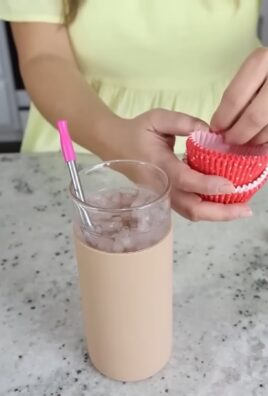
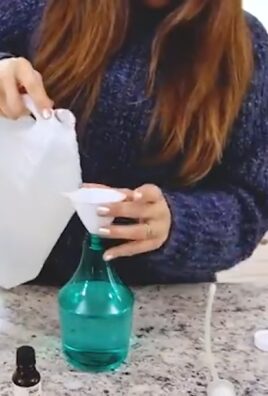
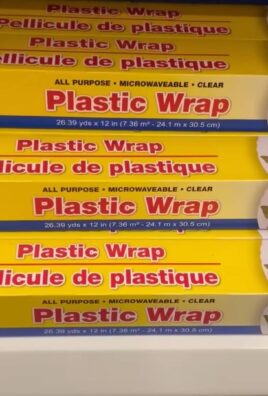
Leave a Comment